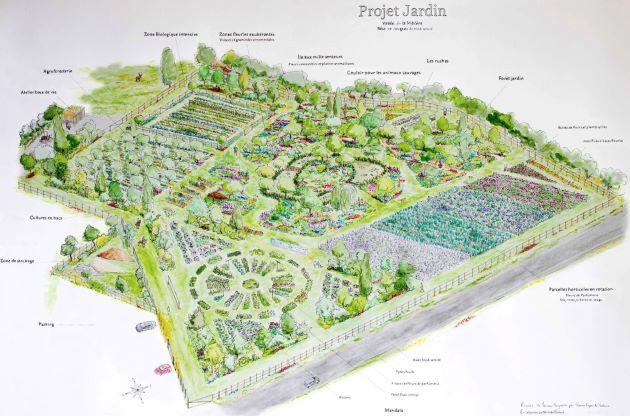
Luxury and sponsorship: the new ecological challenge
For several years now, the luxury sector has been investing in the fields of art and culture for a significant sharing of values. Numerous foundations, direct support and various promotions, if the great houses have always maintained a close link with the field of art, it would seem that new issues related to the environment are now at the heart of customers' expectations. So, between culture, preservation and ecological stakes, what are the novelties and challenges of current patronage?
A new challenge for new expectations
As we recalled in our topic "Luxury, art & Foundation, the unfailing link" :
« Although the era of Medici style patrons is over, corporate patronage today translates into investments by the great names in luxury in private foundations, artist retrospectives, dedicated showrooms, and the presence of the brands at the biggest international art fairs »
Heritage, creativity, culture and preservation, in recent years this link has continued to gain strength, even becoming a method of communication in its own right and a logical extension of the values and excellence claimed by the industry. If this commitment was, until recently, a necessity for the luxury industry, it would seem that a new issue is now at the center of concerns and innovations. Indeed, without leaving aside artistic patronage, more and more brands wish to respond to a specific demand from customers: the protection of the environment. More than ever, the leaders of excellence must address current issues and propose comprehensive and ambitious programs that demonstrate a profound desire for structural transformation. A need for transparency and ethics claimed by the majority of luxury clients...
Environmental commitment: when luxury has to invest
If luxury has always been guided by values of sharing and transmission, it must now demonstrate innovation and responsibility through pacts, projects and official positions concerning ecological issues.

Guerlain recently became a sponsor of the Vallée de la Millière in the Yvelines region of France. This huge orchard-garden, created in 2021 by Yann Arthus-Bertrand, is a genuine nature reserve covering 28 hectares. It is a place open to the general public and its aim is to raise awareness of ecological issues and sustainable development. Through exchange, sharing and education, this support from Guerlain accompanies the "Au Nom de la Beauté" project, in which the brand is committed to acting for a more responsible world by passing on its wonders to future generations (in particular the bee as a sentinel). In addition, the LVMH group, which owns Guerlain, has been following the LIFE program since 2012, which anchors sustainable development in the strategic plan of each of the group's houses.
For Kering, it is the Care, Collaborate, Create strategy that is highlighted. Three pillars to imagine a more sustainable and responsible luxury. Another innovation aimed at greater transparency: the EP&L. A pioneering tool developed by Kering to measure and quantify the environmental impacts of its activities: a major innovation for the implementation of an economic model that the group wishes to share with companies in the luxury sector and beyond.
Chanel, for its part, presented its "Mission 1 Degree 5" action plan, which aims to reduce the brand's greenhouse gas emissions by 50% by 2030.
This evolution and diversification of commitments perfectly illustrates a new positioning on these targeted issues for the luxury industry... Indeed, as Thibault de La Rivière, director of Sup de Luxe, concludes: "Much more than ethical imperatives, these ecological commitments are formidable sources of innovation and value creation for brands. Indeed, far from greenwashing, the luxury industry must now define its own ethical programs and commitments, and thus offer an environmental and social transversality that is more than expected by customers."